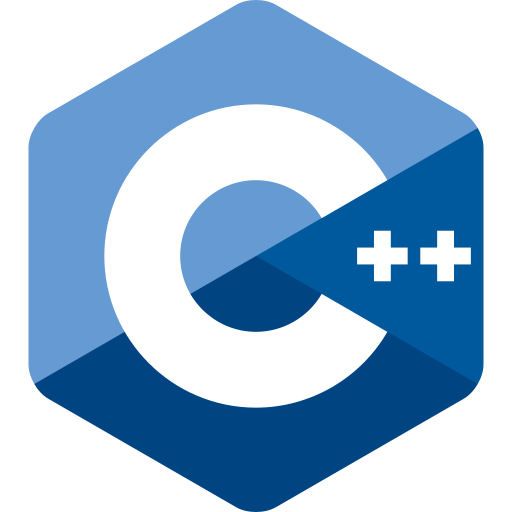To showcase your skills, experience, and expertise to potential employers or clients perfect way is to build a data analyst portfolio. The following steps will help you build an impressive data analyst profile portfolio:
Define your target audience: Determine the type of work that you want to do and identify the industries or domains you are interested in as data analysis. It will help you to build your portfolio and to showcase relevant projects.
Select your best projects: Choose a few data analysis projects in which you are able to demonstrate your technical skills and expertise. Don’t forget to highlight various aspects of data analysis, such as data cleaning, data visualization, statistical analysis, and predictive data modeling.
Gather your data and code: Collect all those datasets that are relevant to your project and code for your chosen projects. Make sure your data is properly anonymized and didn’t violate any privacy or confidentiality.

Clean and transform the data: Data cleaning & Pre-process your data as necessary to ensure it’s in a suitable format for analysis. Document the steps you took to clean the data, as this demonstrates your data preparation skills.
Perform analysis and modeling: Apply different data analysis techniques and models to derive insights from the data. Use statistical methods, visualizations, and other analytical tools to showcase your expertise in extracting valuable insights.
Create compelling visualizations: Visualize your results in a clear view. Utilize graphs, charts, and interactive visualizations to communicate your analysis effectively. Must use popular data visualization libraries like Matplotlib, ggplot, or Tableau.
Document your process: Provide a detailed description of your project, including the objectives, methodologies used, challenges faced, and solutions implemented. Document your thought process, assumptions made, and any limitations encountered during the analysis.
Showcase your results: Present your results, insights, and recommendations based on the data analysis. Explain the business or practical implications of your work, demonstrating your ability to translate data.
Include code and documentation: Include the code you used for data cleaning, data analysis, and data visualization in your portfolio. This allows potential employers or clients to assess your programming skills. Provide well-documented code, that would be easy for others to understand and reproduce your work.
Use an online platform: Create a website or utilize other online platforms like GitHub, Kaggle, or Tableau Public to host your portfolio. These platforms provide a convenient way to showcase your projects and share your work with others.
Continuously update your portfolio: You need to regularly update new projects or acquire additional skills, to update your portfolio to reflect your latest work. It will help your employer to understand your ability to learn and stay up-to-date in the field of data analysis.
Remember, the quality of your portfolio matters more than the quantity of projects. Choose your projects strategically and focus on demonstrating your skills, creativity, and ability to provide valuable insights from data.




















